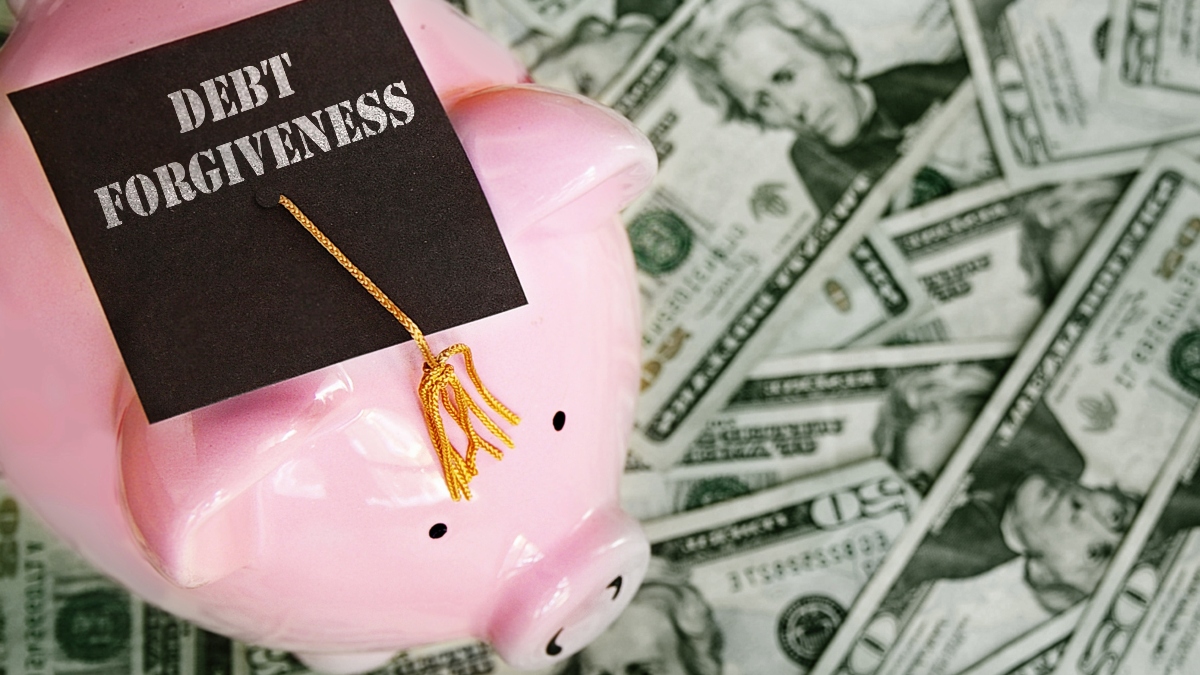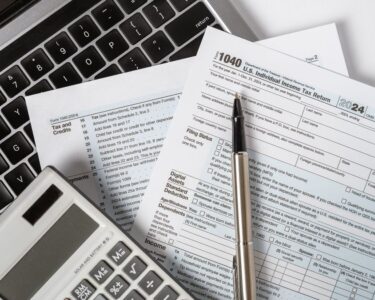Student loan forgiveness has long been a hot topic for Americans, but lately has been overshadowed by the many other changes impacting borrowers. Now it’s in the spotlight yet again thanks to news that some borrowers who have applied for forgiveness aren’t seeing it being processed. It’s yet another source of recent frustration for those enrolled in repayment plans based on income. Keep reading to learn more about the pause on student loan forgiveness for the Income-Based Repayment plan and what borrowers can expect next.
What plans are affected by the forgiveness suspension
The Department of Education has suspended student loan forgiveness for borrowers enrolled in the Income-Based Repayment plan (IBR). The notice was shared in a FAQ posted on the Federal Student Aid website in early July.
The IBR plan is one of four that fall under the umbrella of income-driven repayment (IDR) plans. There have been three other options available: Income-Contingent Repayment (ICR), Pay As You Earn (PAYE), and Saving on a Valuable Education (SAVE) repayment plans.
Many of these repayment plans have been challenged in court, however, which is complicating things for borrowers trying to pay back their loans. It’s making things especially difficult for anyone working their way towards loan forgiveness.
What is student loan forgiveness?
The Public Service Loan Forgiveness (PSLF) Program, which was established by Congress in 2007, is limited to public service workers and allows those in the public sector to have the remaining balance of their loans forgiven after 10 years of service and making minimum payments.
As of now, however, not all student loan borrowers are eligible for forgiveness. “The biggest misconception is that it’s easy to get, and applicable to everyone,” says Jack Wang, host of the Smart College Buyer podcast. “Loan forgiveness programs do have qualification criteria, such as employment, time and being in a repayment plan.”
You could qualify if the following situations apply to you:
- You’re a teacher. This must be for childcare or in an early childhood, public or not-for-profit education setting, and you must have a Direct Loan.
- You’re a government employee. You have a Direct Loan and work in local, state, federal or tribal government (including the military and AmeriCorps).
- You work for a nonprofit. This means you’re an employee of a qualifying not-for-profit organization, and have a Direct Loan.
- You have a disability. For this category, you must be totally and permanently disabled, plus have a Direct Loan, Federal Family Education Loan (FFEL) Program loan or Perkins Loan.
To be considered, borrowers should submit a form digitally or on paper. Access the PSLF form (and more info about the program) here.
Note: Teachers who have worked full-time for five consecutive academic years in a low-income elementary school, secondary school or educational service agency (and have a Direct Loan or FFEL Program loan) could be eligible for Teacher Loan Forgiveness. However, you can’t also receive PSLF for the same period of teaching.
There are other situations that can lead to forgiveness, as well. These include school-related forgiveness (such as the school closing during your enrollment), being a victim of forgery, having to declare bankruptcy, or if the borrower of a PLUS loan dies.
Why student loan forgiveness for IBR Is paused
The suspension of forgiveness for the IBR plan is actually due to the legal issues surrounding the other three plans.
“Forgiveness as a feature of the SAVE, PAYE, and ICR Plans is currently paused, because those plans were not created by Congress,” the answer on the website shares. “Generally, ED can and will still process loan forgiveness for the IBR Plan, which was separately enacted by Congress. Currently, IBR forgiveness is paused while our systems are updated to accurately count months not affected by the court’s injunction.”
Though the Department does not provide any further details as to why IBR borrowers are affected despite no legal challenges, it seems there are other issues at hand. Forbes reports that there are separate legal issues regarding mass layoffs, and the department has had trouble updating qualifying student loan forgiveness payment counts.
This has allegedly been going on since April, with eligible federal student loan borrowers not getting their loans forgiven even when they meet all of the criteria.
What to expect if you’re on the IBR plan

The Department assures that “IBR forgiveness will resume once those updates are completed,” but no timeline has been given. For that reason, many of the people enrolled in the plan are concerned that their loans won’t be forgiven any time soon.
There also hasn’t been any announcement of any extra steps the IBR borrowers need to take to assure the forgiveness process is completed. This leaves people with no choice but to wait until the suspension is lifted.
Anyone enrolled in the other three IDR plans is encouraged to switch to an IBR plan since forgiveness is still allowed (even though it’s currently suspended). Payments on the PAYE, SAVE, and ICR Plans will be counted toward IBR plan forgiveness if the borrower enrolls in that option.
Even more changes are in store for anyone on an income-driven repayment plan. Next summer, all income-based repayments will be eliminated and replaced by a Repayment Assistance Plan.
By that time, it’s possible that the process for student loan forgiveness could change yet again. For now though, borrowers should follow the current guidelines.






